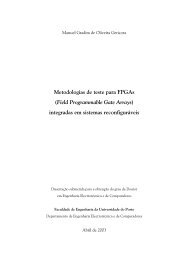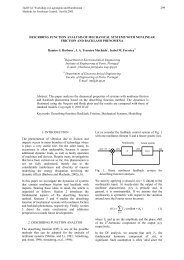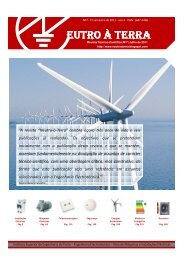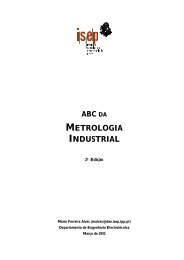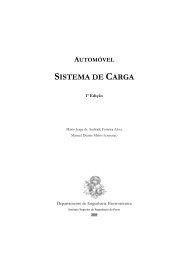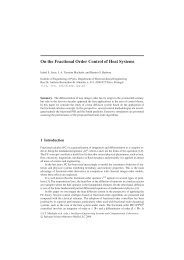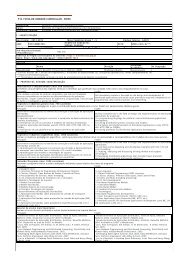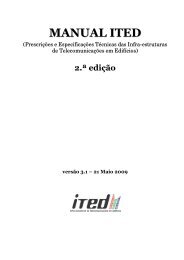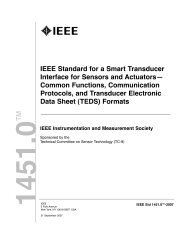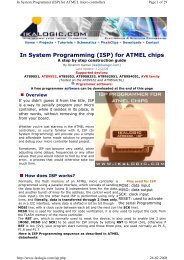AUTOMOTIVE ELECTRICAL CIRCUITS AND WIRING
AUTOMOTIVE ELECTRICAL CIRCUITS AND WIRING
AUTOMOTIVE ELECTRICAL CIRCUITS AND WIRING
Create successful ePaper yourself
Turn your PDF publications into a flip-book with our unique Google optimized e-Paper software.
Electronic Speedometers and Tachometers<br />
Electronic speedometers and tachometers are self-contained units that use an electric<br />
signal from the engine or transmission. They differ from the electric unit in that they<br />
use a generated signal as the driving force. The gauge is transistorized and will supply<br />
information through either a magnetic analog (dial) or light-emitting diode (LED)<br />
digital gauge display. The gauge unit derives its input signal in the following ways:<br />
Figure 2-84.- Electric speedometer and tachometer operation.<br />
An electronic tachometer obtains a pulse signal from the ignition distributor, as it<br />
switches the coil on and off. The pulse speed at this point will change proportionally<br />
with engine speed. This is the most popular signal source for a tachometer that is used<br />
on a gasoline engine.<br />
A tachometer that is used with a diesel engine uses the alternating current generated by<br />
the stator terminal of the alternator as a signal. The frequency of the ac current will<br />
change proportionally with engine speed.<br />
An electronic speedometer derives its signal from a magnetic pickup coil that has its<br />
field interrupted by a rotating pole piece. The signal units operation is the same as the<br />
operation of the reluctor and pickup coil described earlier in this TRAMAN. The<br />
pickup coil is located strategically in the transmission case to interact with the reluctor<br />
teeth on the input shaft.<br />
HORN<br />
The horn currently used on automotive vehicles is the electric vibrating type. The<br />
electric vibrating horn system typically consists of a fuse, horn button switch, relay,<br />
horn assembly, and related wiring. When the operator presses the horn button, it closes<br />
the horn switch and activates the horn relay. This completes the circuit, and current is<br />
allowed through the relay circuit and to the horn.<br />
Most horns have a diaphragm that vibrates by means of an electromagnetic. When the<br />
horn is energized, the electromagnet pulls on the horn diaphragm. This movement<br />
<strong>AUTOMOTIVE</strong> <strong>ELECTRICAL</strong> <strong>CIRCUITS</strong> <strong>AND</strong> <strong>WIRING</strong> 95/ 101



